|
|
|
This lab activity takes students on a unique journey through the world of neuroscience and engineering to explore the complex nature of Parkinson's Disease. Students will simulate the motor symptoms of Parkinson's Disease firsthand by experiencing disruptions in motor control aimed to foster empathy for those living with the condition. Integrating biochemistry, neuroscience, and engineering principles, this lesson is a powerful tool for inspiring the next generation of scientists and empathetic individuals. Click here for access to all lesson resources.
SummaryMy high school students are creating assistive devices for visually impaired individuals using the Arduino Uno platform. This project focuses on developing innovative digital mobility aids, utilizing ultrasonic sensors and small servo motors. These aids are designed to enhance spatial awareness for visually impaired users through sound and tactile feedback, alerting them to nearby objects. I am hopeful that this initiative provides practical, real-world applications of technology but also attempts instills a deep sense of empathy and innovation in my students. Procedure
The more I teach students in my Biochemistry class about the intricacies of Protein Folding, the more certain I become that it is a perfect learning medium for uniting various disciplines. From protein translation in biology, to intermolecular forces in chemistry, to applications of AI in computer science, developing an appreciation for the structure-function relationship in biology via investigating the elegant nature of how proteins fold is a powerful way to unite STEM disciplines. Below are a few activities I am currently using with my students in chemistry, biology, and engineering courses.
The video below shows how I used ChatGPT (inspired by a student request) to create an program capable of translating an mRNA sequence into a protein sequence using HTML, CSS, and JavaScript files that run locally on my browser. Click here for files. Experimenting with leveraging ChatGPT as a medium for generating code to run simple JavaScript games in p5.js. My ultimate goal is to create a system where students can use both applications to create dynamic simulations of class content (kinematics, gas behavior, forces, etc.). In the meantime I'm having a blast making these silly games in under a minute. |
Categories
All
Archives
March 2024
|
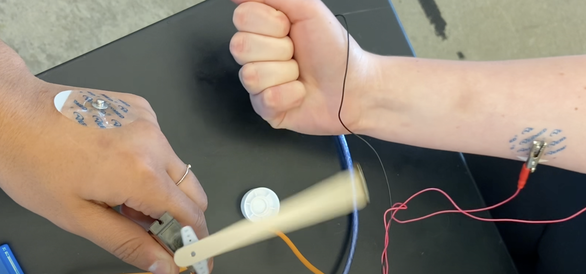
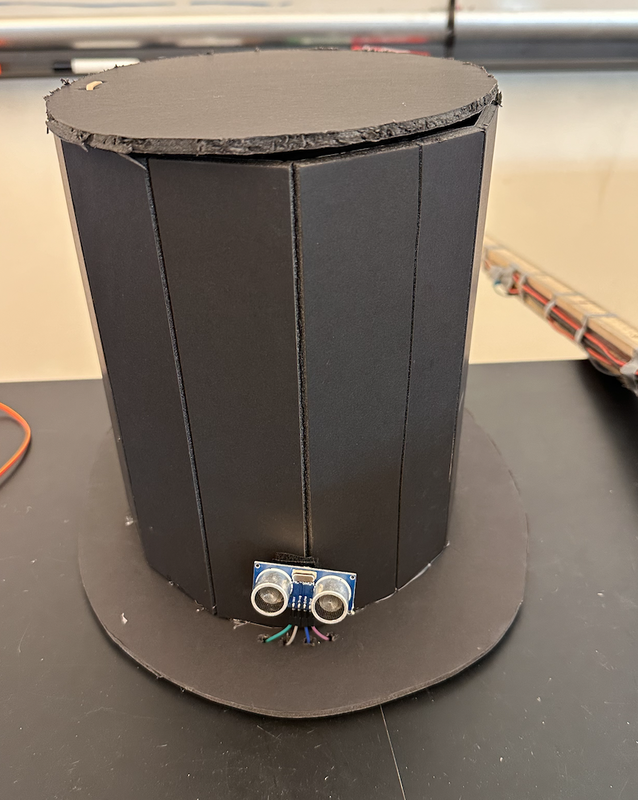
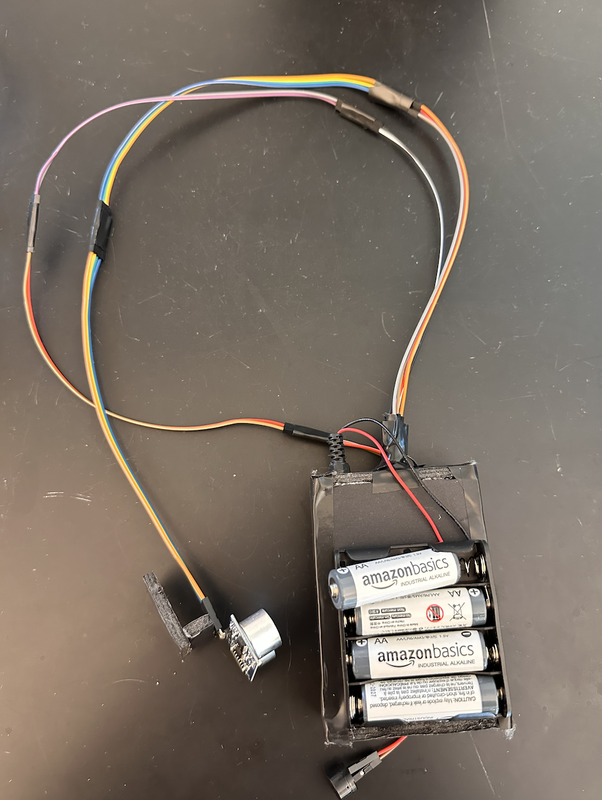
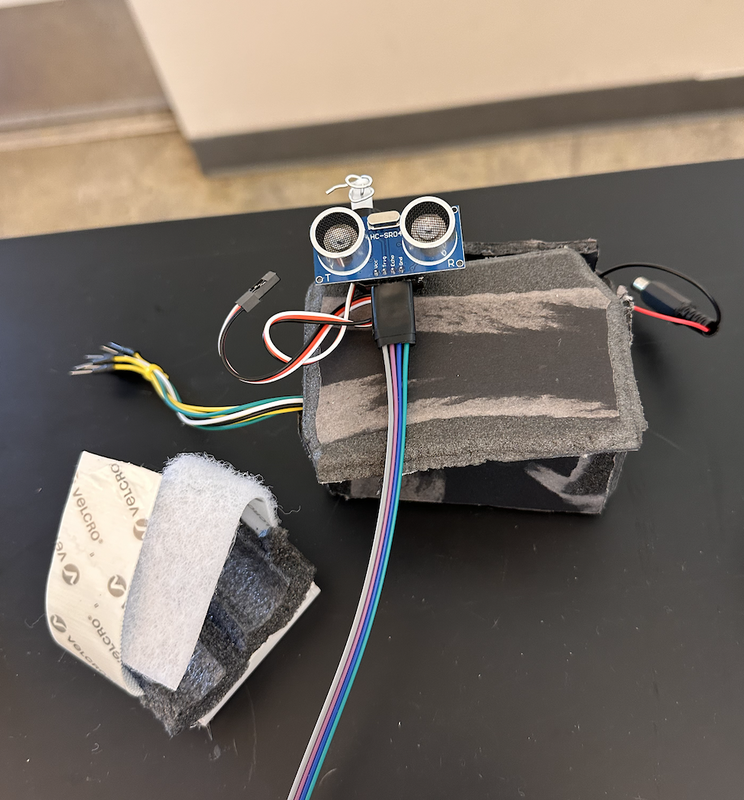
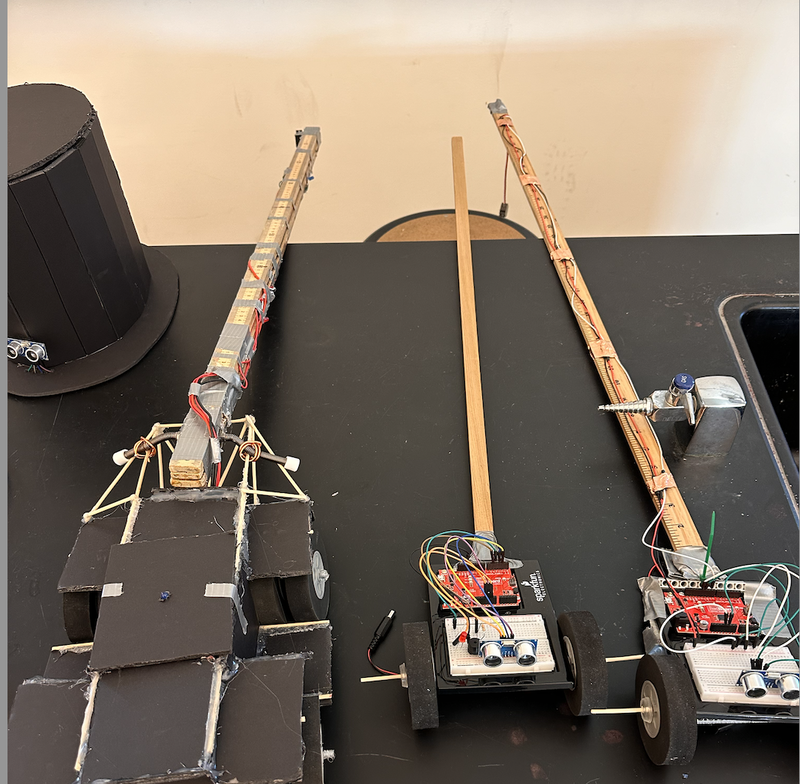

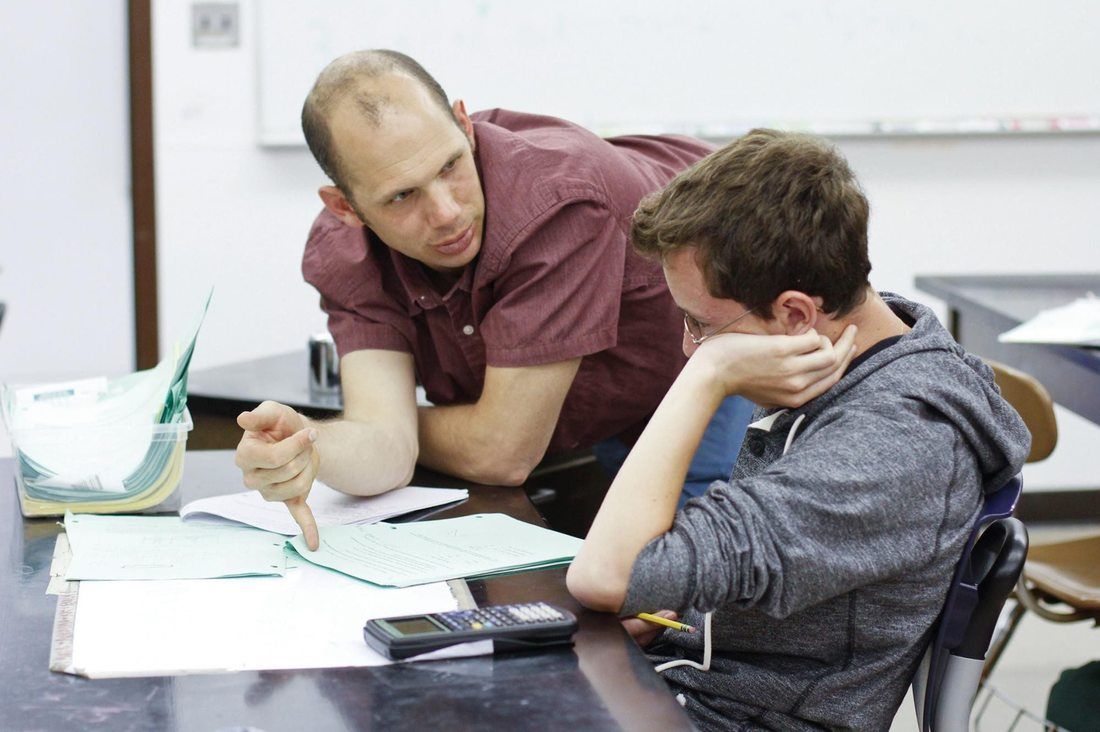
 RSS Feed
RSS Feed